1ã€Introduction of crystal transistor
The transistor is an organic combination of a p-type and an n-type semiconductor. The mutual influence between the two pn junctions causes a qualitative leap in the function of the pn junction and has a current amplification effect.
The crystal transistor is roughly divided into two types, ie, npn type and pnp type. As shown in Figure 2-17. (Indicated by Q, VT, PQ) The triode has a current amplification effect. First, two characteristics of the manufacturing process are: (1) the width of the base region is made very thin; (2) the doping concentration of the emitter region is high, that is, The emitter region has several hundred times higher impurity concentration than the collector region. 2, the transistor works
Secondly, the necessary conditions for triode operation are (a) applying a forward voltage between the B and E poles (this voltage must not exceed 1V); (b) applying a reverse voltage between the C pole and the E pole (this voltage Should be higher than the voltage between eb); (c) To obtain the output, a load must be applied.

Figure 2-17 Schematic diagram of a triode
Finally, when the triode meets the necessary operating conditions, its working principle is as follows:
Base current flows. Since there is a forward voltage between the B-pole and the E-pole, electrons move from the emitter to the base, and because a reverse voltage is applied between the C-pole and the E-pole, the electrons moving from the emitter to the base are Under high voltage, the collector enters through the base. Thus, under the positive voltage applied by the base, a large number of electrons of the emitter are sent to the collector, generating a large collector current. Base flow without current. When a voltage cannot be applied between the B-pole and the E-pole, since the reverse voltage is applied between the C-pole and the E-pole, the electrons of the collector are attracted by the positive voltage of the power supply to generate a space charge between the C-pole and the E-pole. The area blocks the flow of electrons from the emitter to the collector, and thus no collector current is generated.
In summary, the small base current in the transistor can result in a large collector current, which is the current amplification of the transistor. In addition, the triode can also control the on and off of the collector current through the base current, which is the switching function of the triode (switching characteristics).
See Crystal Triode Characteristic Curve 2-18.
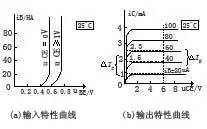
Figure 2-18 Crystal transistor characteristics
3, transistor triode common emitter amplification principle as shown below: A, vt is an npn triode, from the amplification. B, ecc Collector loop power (collector junction reverse bias) provides energy for the output signal. C, rc is the collector DC load resistance, which can convert the current change into the voltage change reflected at the output. D, base power supply ebb and base resistor rb, on the one hand provides a forward bias voltage for the emitter junction, but also determines the base current ib.

Figure 2-19 Common emitter basic amplifier circuit
The function of E, cl, and c2 is to pass DC coupling capacitors. F, rl is the AC load equivalent resistance. Communication path: ui positive end -cl-vtb-vtc-c2-rl-ui negative end.
(1) Two sets of power supply inconvenience are used in daily use, and one set can be used for power supply. (2) To simplify the circuit, use "UCC" endpoints and "ground" to represent DC power. (3) The common terminal of the input signal voltage, the output signal voltage, and the DC power supply is referred to as "ground" and denoted by the symbol "丄" to reference the ground potential as zero potential. Voice-over: We can use the relationship between taps and gate discharge to imagine or understand the amplification principle of the triode. The schematic diagram is shown in Figure 2-20 below:
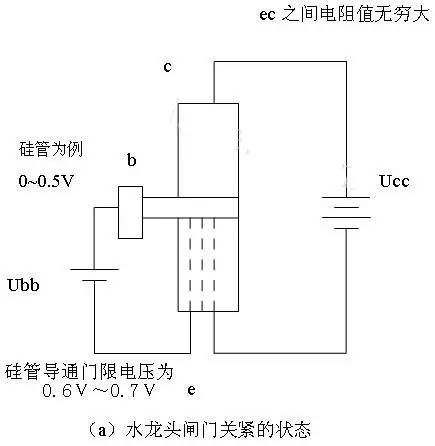
Figure 2-20 Reference principle of triode amplification
1 As shown in Figure 2.20 (a): When the emitter junction has no voltage or the applied voltage is below the threshold voltage, which means that the gate is closed, water does not flow out from the bottom of the tap through the tap. At this time, the resistance value between ec is infinite, and the current between ec is in the off state, or is the OFF state of the switch.
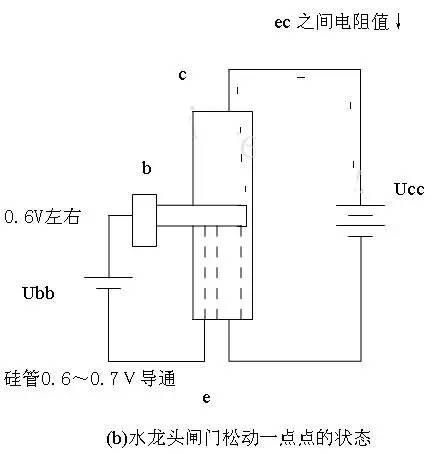
Figure 2-20 Reference principle of triode amplification
2 As shown in Figure 2.20 (b): When the voltage applied to the emitter junction is within the threshold voltage range (approximately 0.7V silicon tubing is used as an example), it is equivalent to loosening the gate a little and tapping the water from the bottom of the faucet through the tap. status. At this point, the resistance between ec also dropped a little.
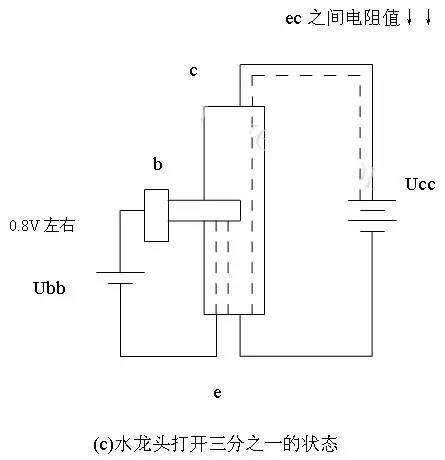
Figure 2-20 Reference principle of triode amplification
3 As shown in Figure 2.20 (c): When the voltage applied to the launch junction is 0.8V, it is equivalent to one-third of the water in the bottom of the faucet. At this time, the resistance between ec is also reduced by one-third, and the current between ec is in regulation or amplification.
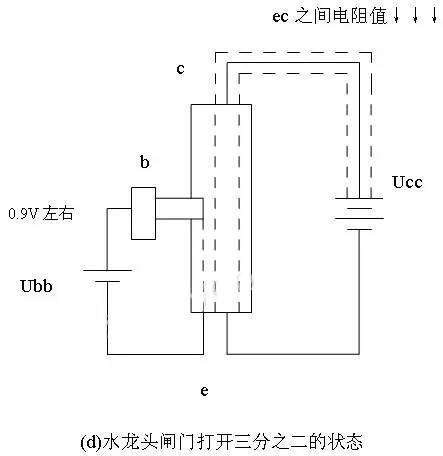
Figure 2-20 Reference principle of triode amplification
4 As shown in Figure 2.20 (d): When the voltage applied to the launch junction is 0.9V, it is equivalent to two-thirds of the water in the bottom of the faucet. At this point, the resistance between ec drops by two thirds, and the current between ec is regulated or amplified.
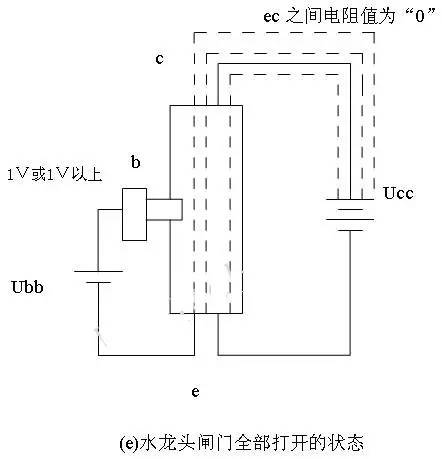
Figure 2-20 Reference principle of triode amplification
5 As shown in Figure 2.20 (e): When the voltage applied to the emitter junction is above 1V or 1V, it is equivalent to the state that the gate has been fully opened. All the water at the bottom of the tap can already flow out through the tap. The resistance between ec also drops to "0," or very small, and can be or not. The current between ec is saturated, or the switch is ON.
Solar Home Lighting System Kit
SHENZHEN CHONDEKUAI TECHNOLOGY CO.LTD , https://www.szsiheyi.com